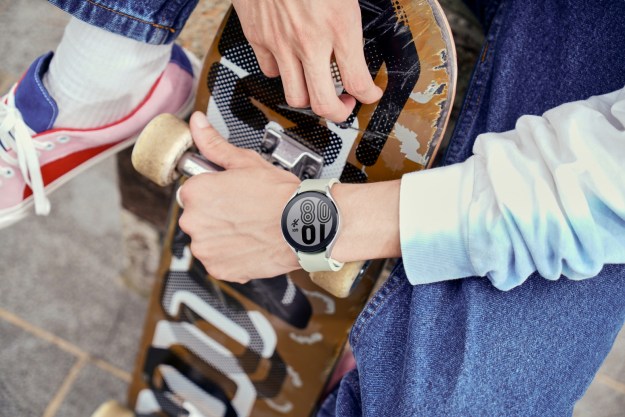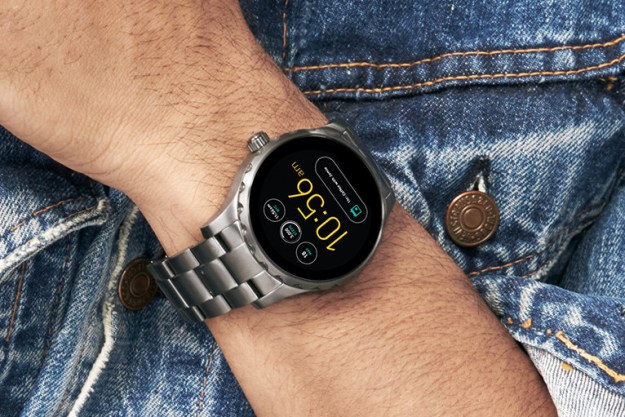Stating conversations with anonymous sources, Intel may pop one of its own chips inside a version of Glass due for release in 2015, replacing the current Texas Instruments processor. The deal, should it be made, makes sense. Texas Instruments stopped investing in its mobile chip division way back in 2012, preferring to concentrate on powering other pieces of connected hardware, from fridges to cars.
Intel is keen to get an early start in the wearable tech world, and Google is apparently still intent on promoting Glass as a consumer product, despite growing interest from businesses. According to the report, there are 300 people working on Glass at Google, but only 5 percent of them concentrate on the Glass At Work program. However, even if Intel decides to promote Glass to hospitals, manufacturers, or any other businesses, this uneven split will remain.
Intel’s involvement in Glass could bring improvements to the battery life, and a resurgence in interest from developers; two aspects which need to be addressed ahead of any official release, currently expected for sometime in 2015. Glass hasn’t been a runaway success, and even though it can now be purchased by anyone through the Google Play Store, it’s still seen as a plaything for the terminally nerdy.
Google and Intel have recently teamed up on the Nexus Player, but the pair have yet to produce a Nexus smartphone or tablet together.
Editors' Recommendations
- Together, Google and Samsung just may have a chance to beat the Apple Watch
- Apple Glass may be coming soon. Here’s everything we know
- The Google Pixel Watch could finally get released next week, report says
- Digital Trends Live: Google’s new Glass, Impossible Sausage, and more



